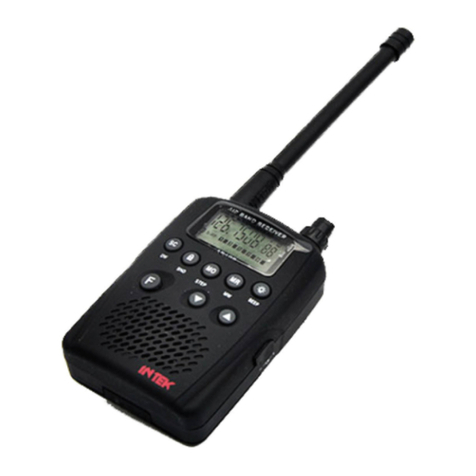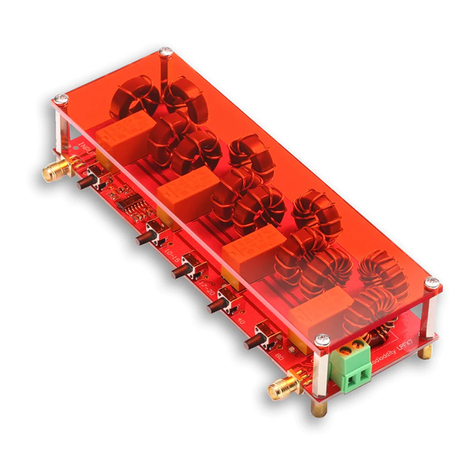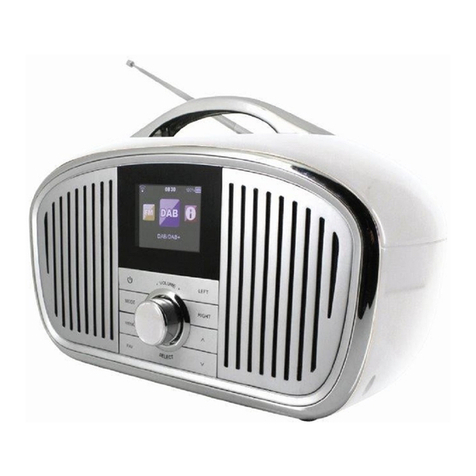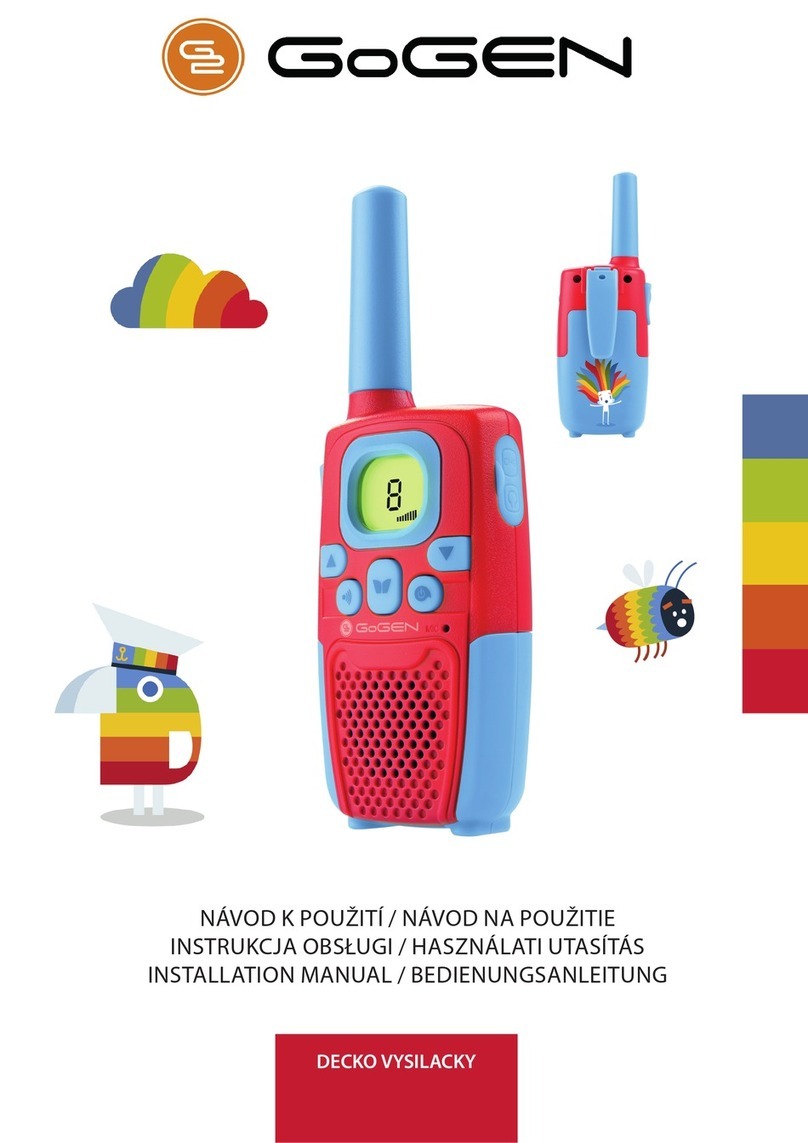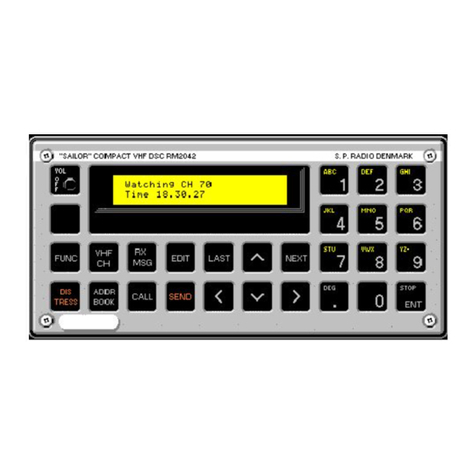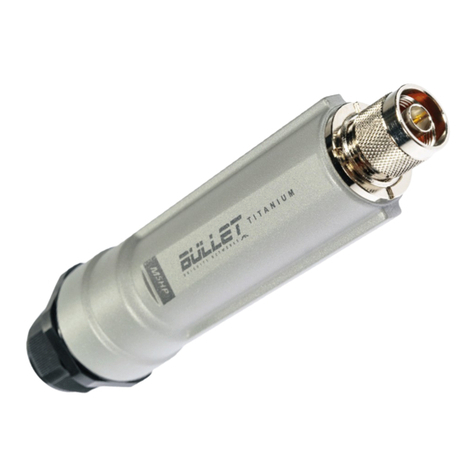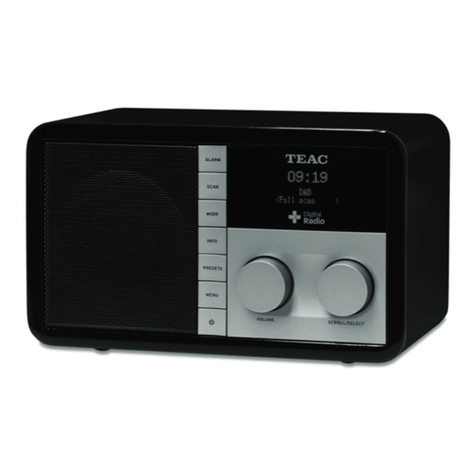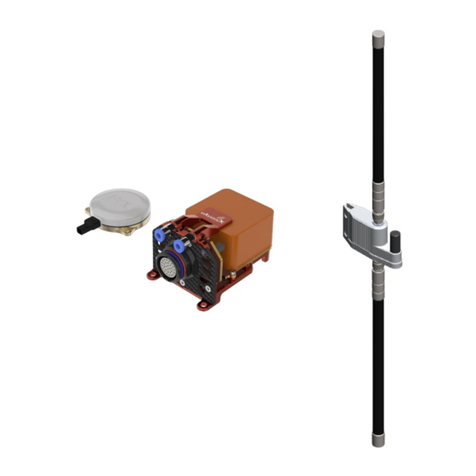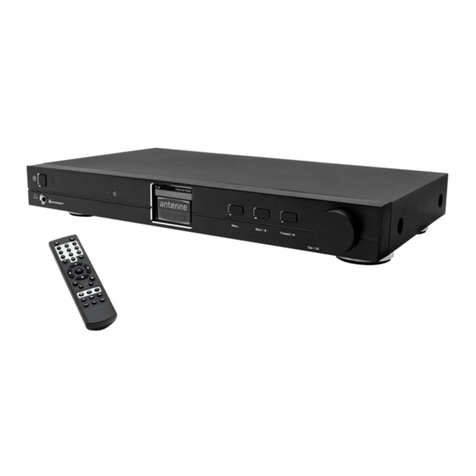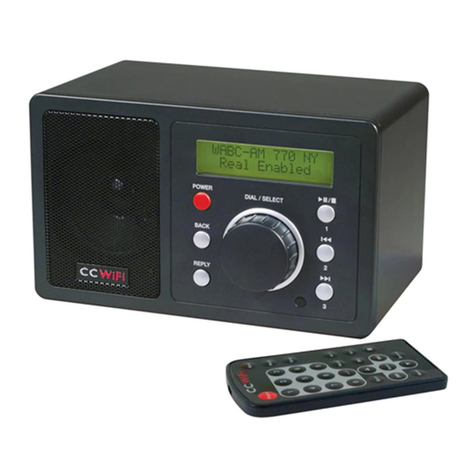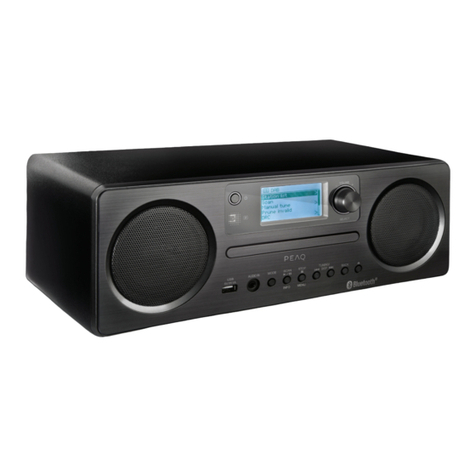MGL Avionics V6 User manual

AIRCRAFT RADIO INSTALLATION – MGL V6 and V10 COM RADIOS
Any installation occurs in three phases – Planning, Installation and Setup.
PLANNING
The planning phase involves such things as deciding where to mount the unit – on the panel
or remotely - what facilities (features you are going to use and how you are going to use
them. And where are you going to mount the antenna.
For example, how many seats does your aircraft have – to decide how many positions/places
are going to be needed on the Intercom? Would you like to be able to use an ‘Isolate’ facility
on the Intercom to allow your passengers to talk amongst themselves while you do the flying
in peace – and how would you like this arranged? Does your aircraft have a central stick
requiring only one PTT or separate sticks for Pilot and Copilot that might need a PTT for
each? Would you like to connect your MP3 player so that you can have background music
while you fly? Are you going to connect any audio alarms or enunciators from an EFIS or
engine monitoring system to the intercom so that you can hear them rather than just see
them? How about controlling the radio from an EFIS?
There are many possibilities. We suggest you make a list of all your decisions. This will help
when it comes to Setup time.
INSTALLATION
This is about how the Radio is going to be connected up when mounted in the aircraft.
WIRING
Wiring of the Radio to the rest of the aircraft electrical system includes three important details
– routing, grounding and shielding.
Routing relates to how wires are positioned in the aircraft. Wires associated with the radio
should not be run next to wires from other (electrically noisy equipment such as the EFIS(s ,
Transponder, Servos, Strobes and so on. When wires are close together, noise can ‘jump the
gap’ and spoil the performance (and sound of the radio.
Never share a radio power supply or ground with an EFIS system. Keep the radios power
supply and ground well separated from any digital equipment.
Ground wiring for the radio is VERY IMPORTANT. Both the V6 and the V10 include
sophisticated internally mounted filters to protect against electrical noise on the positive
supply lead. There is no way to provide such filtering for the negative supply lead or ground
wire. Only good grounding techniques can help. The radio must have a ‘quiet’ ground. Thus
the negative supply lead (or ground wire should have its own connection to the negative pole
of the battery or a dedicated “quiet” ground point that may only be shared with other electrical
users that do not produce electrical noise on the ground connection.
Shielded wiring for all audio inputs and outputs is desirable. It is required for microphone
inputs. For headset connections, jacks should be insulated from the airframe or panel either
with insulating washers or by mounting them on a separate insulating plate. The ground side
(sleeve of each jack is then returned separately to the appropriate ground pin on the radio
connector using shielded wire. This applies to both microphone and headphone jacks. Each
jack – microphone or headphone – must have its own separate shielded wire. The shields
must not be connected together at the jack ends of the wires, only at the radio end.
Remember the noise that can ‘jump the gap’ – this can cause feedback in the intercom if
separate shields are not correctly connected. Very undesirable. Serial communications and
high level audio lines should also be shielded. In this case, the shields should only be
connected at the radio end – again to the appropriate ground pin. All these shields are part of
the ground wiring – all referred back to that all-important ‘quiet’ ground.
In a nutshell: Shields may only be connected to ground on one side. They must not be used
to carry a signal or current.
ANTENNA

The antenna, its mounting and connecting coaxial cable is critical to the performance of the
radio. It has a direct effect on the range for both transmission and reception.
As to type of antenna, we recommend one designed for aircraft usage. It is possible to use a
simple whip antenna, but this must then be ‘cut’ for correct match and will only operate
correctly over a limited part of the aircraft range of frequencies. An antenna designed for
aircraft use provides correct operation over the full range of aircraft frequencies.
Where should you mount it? Have a look at similar aircraft. Talk to other owners. In general, it
should have the best possible all round view of the horizon – whether above or below the
body of the aircraft. Also, it must have a ‘ground plane’ – if it is not a dipole type. A ground
plane is a metal surface (ideally with a minimum diameter of about 1.3m (50inches having
the antenna mounted in the middle. This is easy in a metal aircraft. In aircraft of wooden and
composite construction it is usually provided by a separate metal sheet. If your antenna
manufacturer has recommended dimensions for the plate, follow them.
If your aircraft has digital instruments mount the antenna as far away as possible from these
devices as they may radiate small amounts of interference that your radio can receive. This
becomes more critical if your aircraft is made from wood or fibre glass which does not provide
any form of shielding.
Coaxial cable to connect the antenna to the radio should be type RG400. RG58 is an
acceptable substitute. If you make up the cable yourself – and even if you have it made up for
you – an acceptable first test of the cable can use an ohmmeter. Test for continuity of each of
the shield and the inner conductors end-to-end. Then, with the cable disconnected from the
antenna, check that there is no connection (i.e. an open circuit between the inner conductor
and the shield. Ensure that your connections are secure and will not corrode over time
resulting in bad performance in the future.
A full test of the complete antenna installation requires a directional power meter. A Bird
Thruline Model 43 (with an appropriate ‘slug’ is a good example. An accepted standard is
that returned (reflected power is less than one tenth (10% of outgoing (forward power if the
installation is operating correctly. This standard should be applied at both ends of the coax. At
the radio end, forward power will indicate the output power of the transmitter – about 6-7
watts for both the V6 and the V10. At the antenna end, forward power will be less than at the
radio end due to loss in the coax. It should still be more than 4 watts (for 6 watts output from
the radio . For an aircraft antenna, reflected power should be less than 10% of this value for
any frequency in the band – from 118MHz to 136.975MHz. Note that a check on reflected
power at the radio end will show even less than the 10% of 4 watts (or so – again due to loss
of the reflected power going back through the coax. The 10% reflected power criterion at the
radio end is therefore not a true indication of satisfactory installation.
The antenna is a reciprocal device. What is good for transmission is also good for reception.
So a satisfactory result for the reflected power test using the transmitter indicates that the
antenna will also be working correctly for the receiver.
SETUP
Now is the time for that list you made so long ago during the Planning stage. Switch on the
Radio and enter all the configuration settings.
After configuration, the FIRST ADJUSTMENT to make is MICROPHONE GAIN.
This is critical. The Intercom VOGAD/VOX cannot work properly if the Mic Gain is not
correctly adjusted. If the gain is set very low, then the unit increases the gain automatically
during transmit so that the signal 'sounds loud enough'. Of course, in order to hear the
intercom it is natural to turn up the volume for the intercom. This means that the sidetone
(during transmit sounds too loud (the microphone sensitivity 'increases' . With the correct
(higher microphone gain the volume for the intercom will have a lower setting and the sound
of the sidetone is now 'in balance' with the intercom. The microphone gain setting must be
done by the user (according to how loudly he speaks in the aircraft with his own headset.

If you have selected separate Mic Gains, they must all be adjusted. It is acceptable to use
different makes of headset for each Intercom position but the Mic Gains must be adjusted
correctly. In that case Headphone levels may need to be changed using the Headphone
volume controls on each Headset. As described above, an indication that Mic Gain(s has not
been setup correctly is that the sidetone level (on transmit is very different from the levels
from the receiver and over the Intercom – i.e. the microphone sensitivity seems to change
when going from Intercom/receive to transmit.
After setting Microphone gain everything else can be adjusted, starting with
intercom/headphone volume and continuing through the likes of music and auxiliary input
levels.
All methods of adjustment and possible configuration settings are explained in the Quick
Reference Manual supplied with the radio. Also, the full Manual is available at
www.mglavionics.co.za.
INTERFERENCE
The installation may be subject to interference.
Interference can only ‘get into’ the Radio via the antenna or the wiring. To find out which it is,
disconnect the antenna from the back of the Radio. If the interference disappears then it is
coming in through the antenna and will have to be tackled at source. Of course, if it’s only
‘minor’, just closing the Squelch a couple of tics will block it out without reducing receiver
sensitivity too much. If it is coming through the wiring then revisit the Wiring discussion above.
MGL Avionics
2012 02 07
Other manuals for V6
1
This manual suits for next models
1
Table of contents
